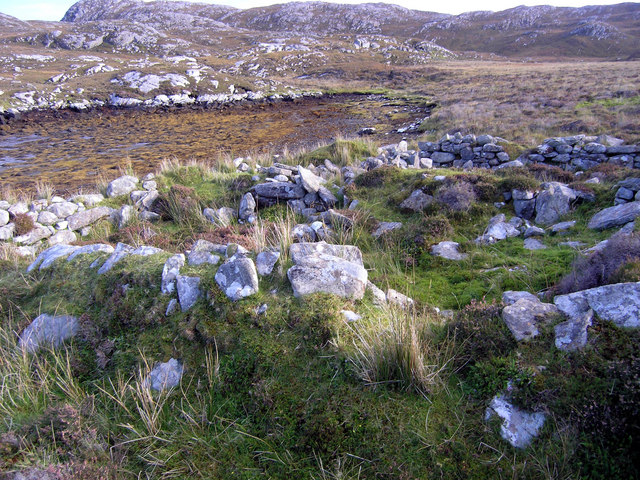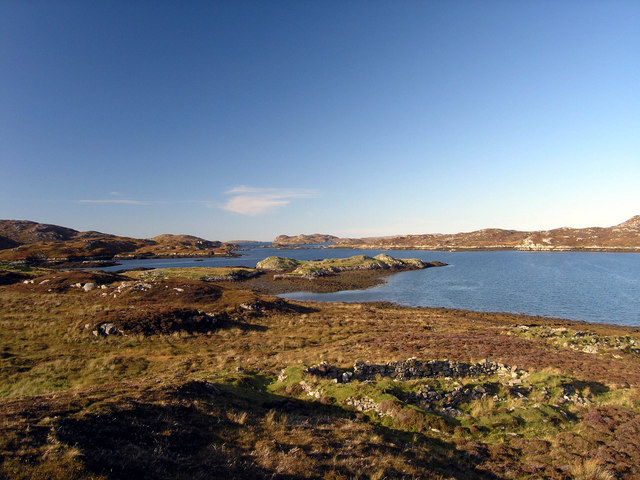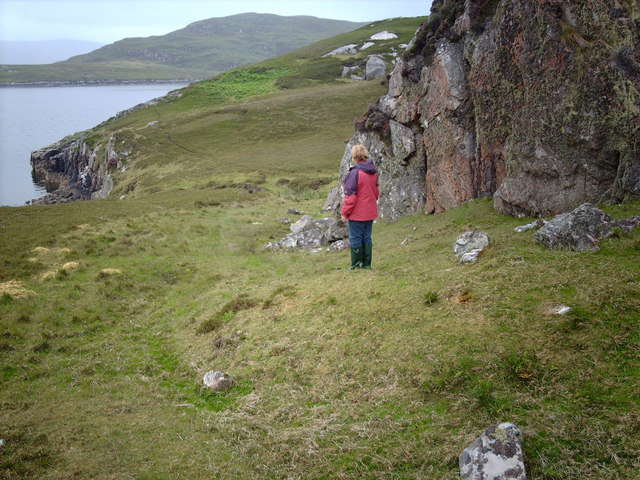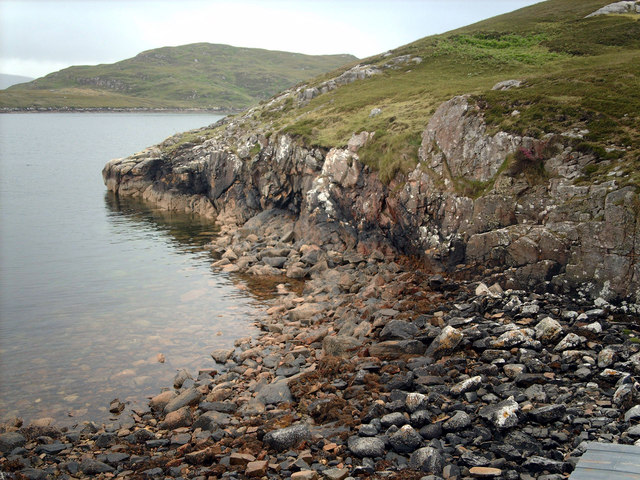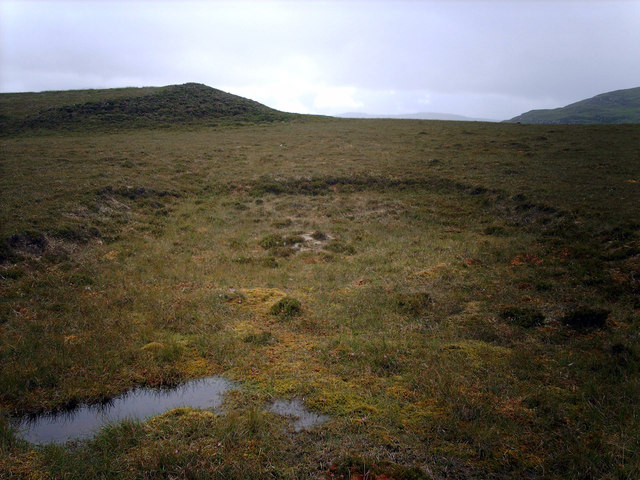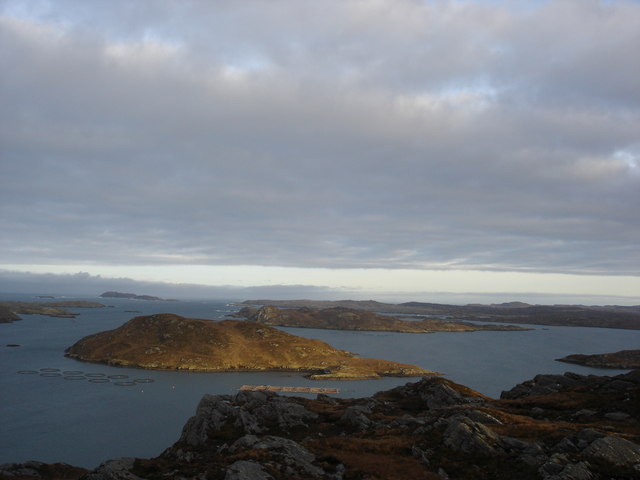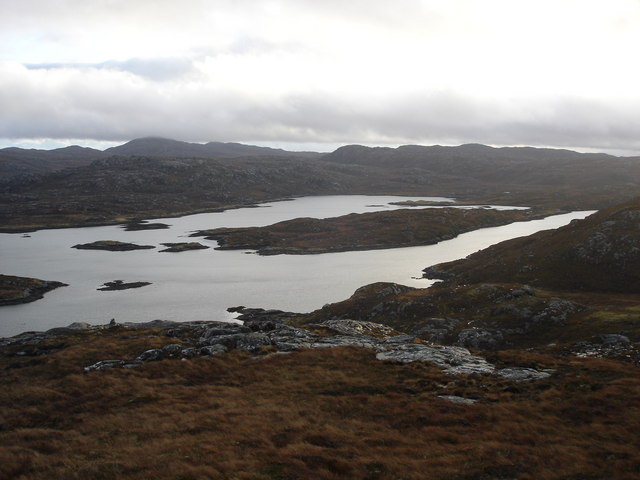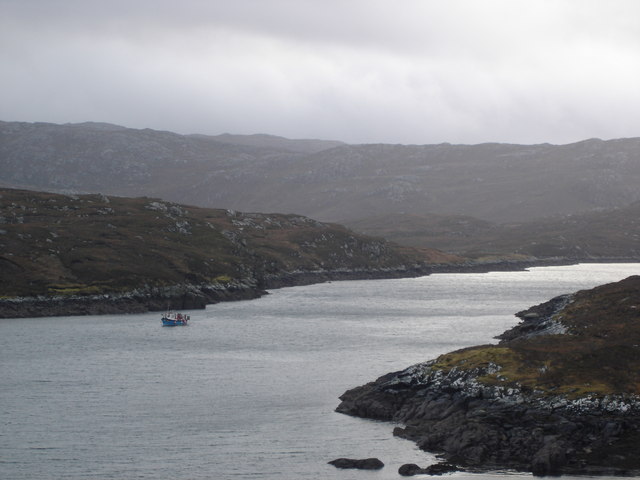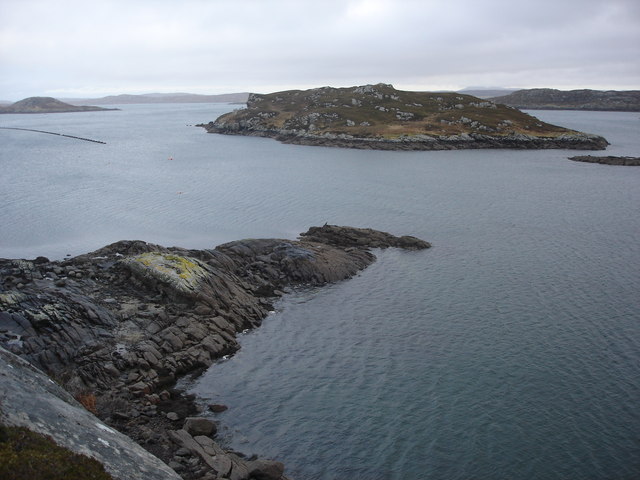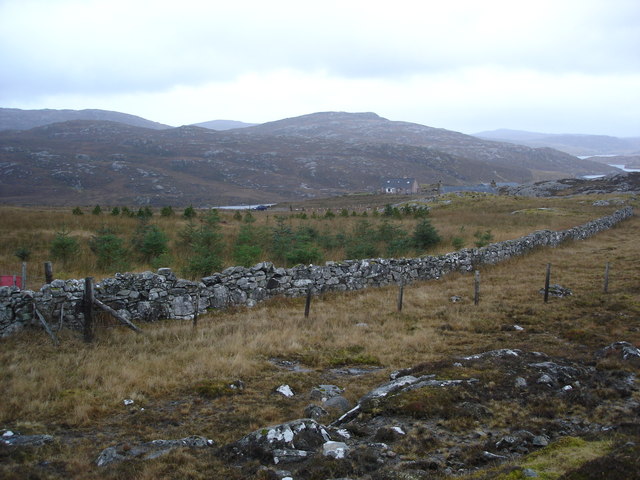Tòb a' Rubha Ghlais
Bay in Ross-shire
Scotland
Tòb a' Rubha Ghlais
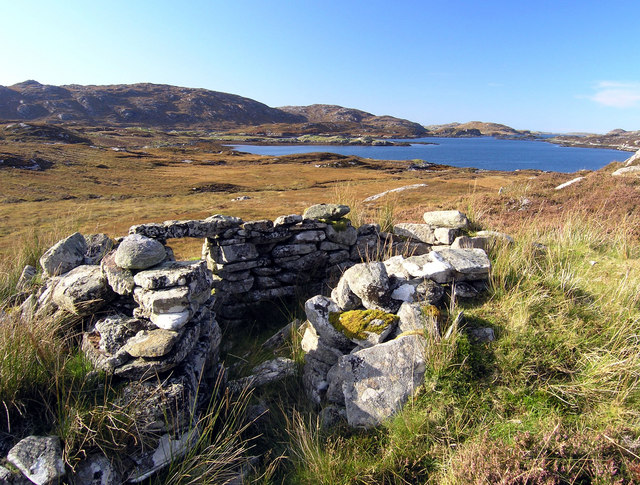
Tòb a' Rubha Ghlais, also known as Bay of Rubha Ghlais, is a picturesque bay located in the county of Ross-shire, in the Highlands of Scotland. It is situated on the western coast of the Scottish mainland, overlooking the North Atlantic Ocean.
The bay is characterized by its stunning natural beauty, with rugged cliffs and rocky shores surrounding a peaceful and tranquil beach. The crystal-clear waters of the bay are often a deep blue or green, creating a striking contrast against the rocky landscape.
Tòb a' Rubha Ghlais is a popular spot for outdoor enthusiasts and nature lovers. It offers opportunities for various activities such as hiking, birdwatching, and photography. The bay is home to a diverse range of bird species, including gannets, fulmars, and puffins, making it a haven for birdwatchers.
The area surrounding the bay is rich in history and heritage. There are several ancient ruins and archaeological sites nearby, including the remains of an Iron Age fort. These sites provide a glimpse into the area's past and offer visitors a chance to explore its historical significance.
Tòb a' Rubha Ghlais is a serene and peaceful destination, offering visitors a chance to escape the hustle and bustle of everyday life and immerse themselves in the natural beauty of the Scottish Highlands. Whether you are seeking adventure or simply looking for a place to relax and unwind, this bay is a must-visit destination for those exploring the Ross-shire region.
If you have any feedback on the listing, please let us know in the comments section below.
Tòb a' Rubha Ghlais Images
Images are sourced within 2km of 58.186481/-6.8718819 or Grid Reference NB1332. Thanks to Geograph Open Source API. All images are credited.
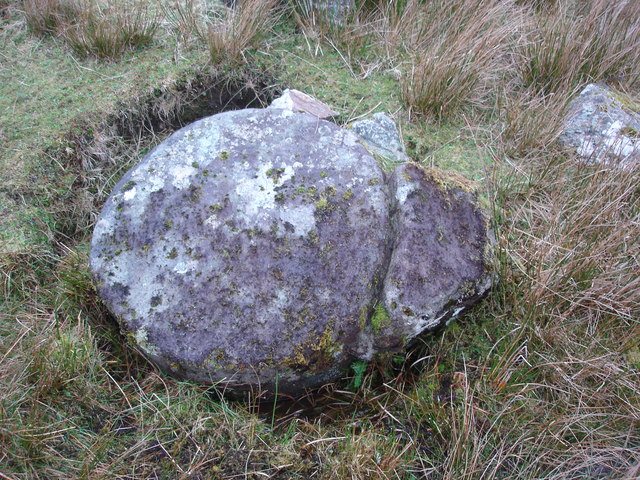
Tòb a' Rubha Ghlais is located at Grid Ref: NB1332 (Lat: 58.186481, Lng: -6.8718819)
Unitary Authority: Na h-Eileanan an Iar
Police Authority: Highlands and Islands
What 3 Words
///creatures.during.provoking. Near Carloway, Na h-Eileanan Siar
Related Wikis
Fuaigh Beag
Fuaigh Beag or Vuia Be(a)g is an island in the Outer Hebrides. It is off the west coast of Lewis near Great Bernera in Loch Roag. Its name means "little...
Loch Ròg
Loch Ròg or Loch Roag is a large sea loch on the west coast of Lewis, Outer Hebrides. It is broadly divided into East Loch Roag and West Loch Roag with...
Fuaigh Mòr
Fuaigh Mòr (sometimes anglicised as Vuia Mor) is an island in the Outer Hebrides of Scotland. It is off the west coast of Lewis near Great Bernera in...
Callanish VIII
The Callanish VIII stone setting is one of many megalithic structures around the better-known (and larger) Calanais I on the west coast of the Isle of...
Nearby Amenities
Located within 500m of 58.186481,-6.8718819Have you been to Tòb a' Rubha Ghlais?
Leave your review of Tòb a' Rubha Ghlais below (or comments, questions and feedback).
